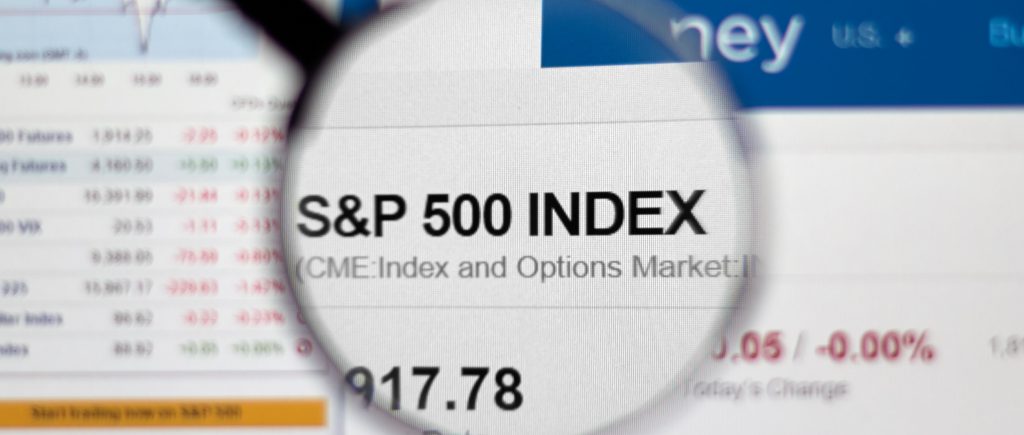U.S. stock indices advanced, with the S&P 500 up 0.56% to 6,331.81, the Nasdaq Composite gaining 0.62% to 20,885.65, and the Dow Jones Industrial Average rising 0.53% to 44,484.49, driven by optimism in Big Tech and easing tariff concerns. Alphabet jumped 2.21% to $190.04, while Tesla dipped 0.16% to $329.11 ahead of Q2 earnings. With President Trump’s August 1 tariff deadline nearing, policymakers must align trade negotiations and monetary policy to sustain market momentum and economic stability.
Big Tech Fuels Market Rally
The Nasdaq’s tenth record close of 2025 reflects strong investor confidence in technology, driven by AI growth. Alphabet’s 2.21% gain was supported by analyst upgrades, with price targets raised to $210, citing leadership in generative AI. Apple and Meta rose 1.1% and 1.3%, respectively, while Nvidia, hitting a $4 trillion market cap, climbed 4% after resuming AI chip sales to China. Of 59 S&P 500 companies reporting Q2 results, 86% surpassed estimates, boosting optimism despite modest expectations. Robust U.S. economic data, including June retail sales up 0.6% and jobless claims at 221,000, further supported the rally.
Tariff Deadline and Trade Dynamics
President Trump’s August 1 tariff deadline, described as a “hard stop” by Commerce Secretary Howard Lutnick, targets 15–20% levies on EU goods and 30% on Mexico, with a 50% copper tariff already lifting steel producers like Cleveland-Cliffs, up 15.45% after exceeding Q2 projections. The EU, open to an unbalanced deal, faces internal resistance, reducing hopes for a pre-deadline agreement. A projected 0.5% global GDP reduction from tariffs fuels caution, though Lutnick’s openness to post-August 1 talks has calmed markets after April’s tariff-driven 15% S&P 500 decline.
Monetary Policy and Economic Signals
The Federal Reserve’s cautious approach, with a 54% chance of a September rate cut, reflects June’s 2.7% CPI increase, up from 2.4% in May. Fed Governor Adriana Kugler emphasized monitoring tariff-driven inflation, potentially delaying cuts. Treasury Secretary Scott Bessent suggested tariff pauses could extend if negotiations advance, easing Fed pressure. The Dallas Fed’s manufacturing survey reported a five-year low in activity, citing tariff uncertainty, highlighting the need for clear trade policies to bolster economic resilience.
Sector Performance and Earnings Focus
Big Tech’s dominance continues, with Oracle leading data center demand for AI, driven by partnerships with OpenAI. Taiwan Semiconductor, up 50% since April, reached a $1 trillion market cap, fueled by AI chip demand. Conversely, Stellantis warned of a $2.7 billion H1 2025 loss due to tariffs and restructuring, with shares down 2%. Domino’s Pizza gained 3% premarket despite weaker earnings, supported by strong sales. The S&P 500’s 4.3% Q2 earnings growth projection indicates resilience, though tariffs threaten consumer and energy sectors.
Market Outlook
The S&P 500’s 55-day streak above its 20-day moving average signals bullish momentum, but consolidation risks persist. The Nasdaq, at a record high, faces resistance at 21,000, with support at 20,600. The Dow, nearing its December peak, could test 45,000 if earnings remain strong. Investors should monitor Wednesday’s Alphabet and Tesla earnings, June PCE data, and U.S.-EU trade talks. Without tariff relief, markets risk a pullback to S&P 500 6,200 and Nasdaq 20,600 by late July. Coordinated trade and Fed policies are essential to sustain the S&P 500’s 6% 2025 gain.

 Noor Trends News, Technical Analysis, Educational Tools and Recommendations
Noor Trends News, Technical Analysis, Educational Tools and Recommendations




